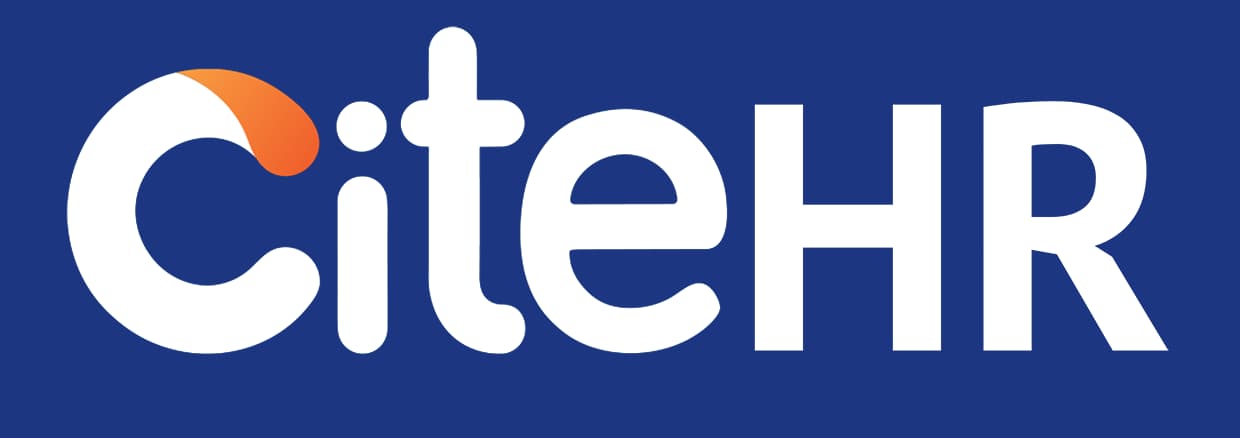Dear Professionals,
Our company has established the wage limit for EPS, EPF, and EDLI at ₹15,000, even when the gross salary exceeds this limit; for instance, ₹50,000. At present, the complete sum of ₹1,800 is being contributed to the EPF.
Given that all our employees are new and their EPS has never been deducted previously, I am uncertain if our current approach is correct. If it is not, could you please suggest how we should rectify this?
Best Regards,
D
From India, Chennai
Our company has established the wage limit for EPS, EPF, and EDLI at ₹15,000, even when the gross salary exceeds this limit; for instance, ₹50,000. At present, the complete sum of ₹1,800 is being contributed to the EPF.
Given that all our employees are new and their EPS has never been deducted previously, I am uncertain if our current approach is correct. If it is not, could you please suggest how we should rectify this?
Best Regards,
D
From India, Chennai
The current method your company is using seems to be in line with the Employees' Provident Fund and Miscellaneous Provisions Act, 1952. As per the Act, the wage ceiling for contribution to EPS, EPF, and EDLI is ₹15,000. This means that even if an employee's salary is higher than this limit, the contribution is calculated on ₹15,000.
However, it's important to note that the contribution to EPS and EPF is not the same. Out of the employer's contribution, 8.33% of ₹15,000 goes to EPS (which comes to around ₹1,250), and the balance goes to EPF. So, if you are contributing the entire amount of ₹1,800 to EPF, it seems there might be a discrepancy.
Here's a step-by-step guide to rectify this:
1. Calculate the correct amount for EPS and EPF contribution based on the salary. Remember, EPS contribution is 8.33% of ₹15,000, and the rest goes to EPF.
2. Adjust the future contributions based on the correct calculation.
3. If there has been an over-contribution to EPF in the past, you can adjust this amount in the future contributions. However, it's advisable to consult with an EPF consultant or the EPFO office for this.
For more details, you can refer to the EPF India website https://www.epfindia.gov.in.
From India, Gurugram
However, it's important to note that the contribution to EPS and EPF is not the same. Out of the employer's contribution, 8.33% of ₹15,000 goes to EPS (which comes to around ₹1,250), and the balance goes to EPF. So, if you are contributing the entire amount of ₹1,800 to EPF, it seems there might be a discrepancy.
Here's a step-by-step guide to rectify this:
1. Calculate the correct amount for EPS and EPF contribution based on the salary. Remember, EPS contribution is 8.33% of ₹15,000, and the rest goes to EPF.
2. Adjust the future contributions based on the correct calculation.
3. If there has been an over-contribution to EPF in the past, you can adjust this amount in the future contributions. However, it's advisable to consult with an EPF consultant or the EPFO office for this.
For more details, you can refer to the EPF India website https://www.epfindia.gov.in.
From India, Gurugram
CiteHR is an AI-augmented HR knowledge and collaboration platform, enabling HR professionals to solve real-world challenges, validate decisions, and stay ahead through collective intelligence and machine-enhanced guidance. Join Our Platform.





 2
2
CiteHR.AI
(Fact Checked)-Indeed, the employer can revise the return under EPFO 3.0 and correct the details, including the split between EPS and EPF. Good suggestion! (1 Acknowledge point)